Salt is a wonderful thing – it is almost always the missing ingredient when something doesn’t taste quite right with a dish. In fact, there is a fantastic quote that I saw in the pantry of Sally Schmidt (original owner of the French Laundry and owner/teacher at the Apple Farm in Philo, CA)…this quote is something my husband and I often refer to when talking about seasoning food:
“Salt is the policeman of tastes. It keeps the various flavors of a dish in order and restrains the stronger from tyrannizing the weaker” — Malcolm de Chazal
That quote is right on! Salt is the regulator and balancer of flavors, and when done right, can mean the difference between a fabulous dish and a mediocre one. But salt is not just salt — there are many different types of salt that come from various places across the globe, and each exhibits its own unique characteristics. One sound piece of advice – throw away your iodized table salt! Salts such as these are actually more salty to the taste than others, don’t contain the natural minerals that sea salts do, and certainly aren’t as pretty. Here is a rundown on some of my favorite salts and what I use them for – please feel free to add your own thoughts, recommendations and uses in the comments!
One of the most interesting things to do as a cook or someone who loves food is to do a salt tasting. Simply get a variety of salts to try, have plenty of water on hand, and taste away. You’ll be surprised at how different each salt tastes, and I imagine you will come up with plaenty of ways to use each in imaginative ways. Here is a bit of a starter guide to different kinds of salt.
Fine Sea Salt
This is my absolute go-to salt for day to day cooking. I keep the large shaker of La Baleine fine sea salt right next to the stove and use it for everything including seasoning dishes, salad dressings, sauces, etc. Really anywhere I need salt. I’m also a big fan of Maldon sea flake salt, which has a slightly different flavor than the La Baleine, and is a bit flakier – it’s more of a medium grain salt and great as a finisher on dishes.
Course Sea Salt
I love using coarse salt in dishes where having a bit of salty crunch is a nice add — some salads (potato salad, for example), as a finish on meat dishes, delicate pasta dishes and so forth. I also think it’s wonderful to sprinkle on meats to tenderize them prior to cooking. I often heavily sprinkle steaks with coarse salt and let them sit for 10 minutes or so before brushing it off, then cooking on the grill. My favorite brand is La Baleine from France, which is readily available in stores and online.
Himalayan Pink Salt
Pink salt is a beautiful thing, and is hand-mined rather than evaporated from sea water. It comes in all kinds of grain sizes, from fine to medium to coarse, and even comes in slabs that you may see used in restaurants for serving delicate appetizers like raw fish. It’s also a pretty accent for the table, and has a mineral quality that makes it ideal for shellfish and also tasty for meats like lamb.
Hawaiian Red Salt
The red color comes from red volcanic clay that is added for iron oxide and color. It’s a beautiful salt and makes for a wonderful drink rimmer or finishing salt on light colored foods like chicken or fish. It can also be used for a decorative accent on dips, appetizers, and so on.
Hawaiian Black Salt
The stunning color of black salt comes from activated charcoal, which is being used in things like detox diets these days. Again, this makes for a nice finishing salt or accent salt.
Sel Gris (grey salt)
Grey salt is unrefined, and usually comes from the Brittany region of France. The grey color comes from the clay lining the salt ponds there, and imparts a lovely mineral taste. I personally find grey salt to have a bit of sweetness to it I really like, and it’s a great substitute for any medium grain salt.
Fleur de Sel
Fleur de Sel is literally translated from French as “flower of salt”, and is hand-harvested in France by scraping the top layer of salt from the salt ponds.Needless to say, it’s more expensive than other salts, and has been prized since the Roman times. It’s a great finishing salt with a ton of minerality.
Smoked Salt
Smoked salts are slow-smoked over wood fires to allow the flavors and aromas of the burning wood to infuse the salt. There are many kinds, including hickory, Applewood, Chardonnay (from wine barrels) and many more. As you might guess, they add a smoky flavor that can add depth to a dish, but use in moderation. I use it sparingly in meat dishes that already have a bit of a smoky flavor (BBQ’d meats for example) and in dips where smoke would be a great added flavor (like chipotle aioli).
Infused Salts
One of the more common artisan crazes seems to be infusing salts with all sorts of things – herbs, spices, pepper, smoke (as discussed above), truffles, and more. I think infused salts can be fun, but be careful – oftentimes, the flavors are highly concentrated and can be better added to a dish with fresh ingredients added outside the salt. It just depends on what you are doing with it – for example, lavendar salt could be excellent as a topper to a caramel candy or dessert, but I would vote for fresh rosemary with lamb anyday. Common infused salts that I see in stores include rosemary, lemon, truffle, roasted garlic, mushroom and pepper (szechuan pepper, black pepper, etc). A great source of fusion salts is SaltWorks online.
Bon appetit!

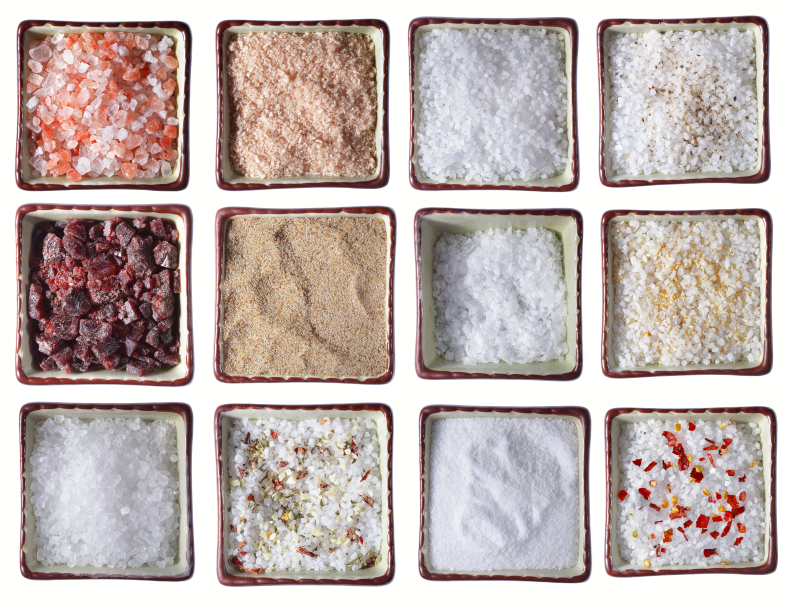
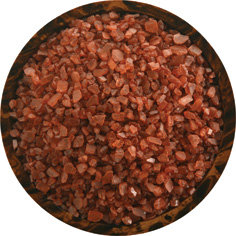
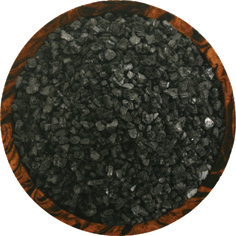
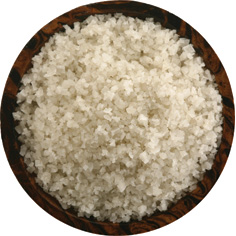
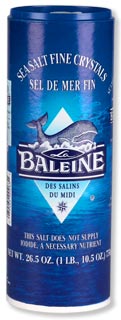
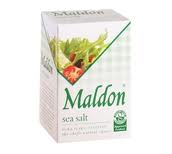
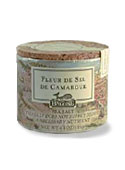
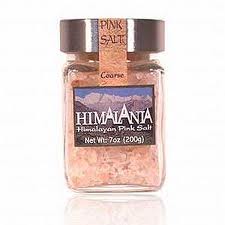
0 Comments